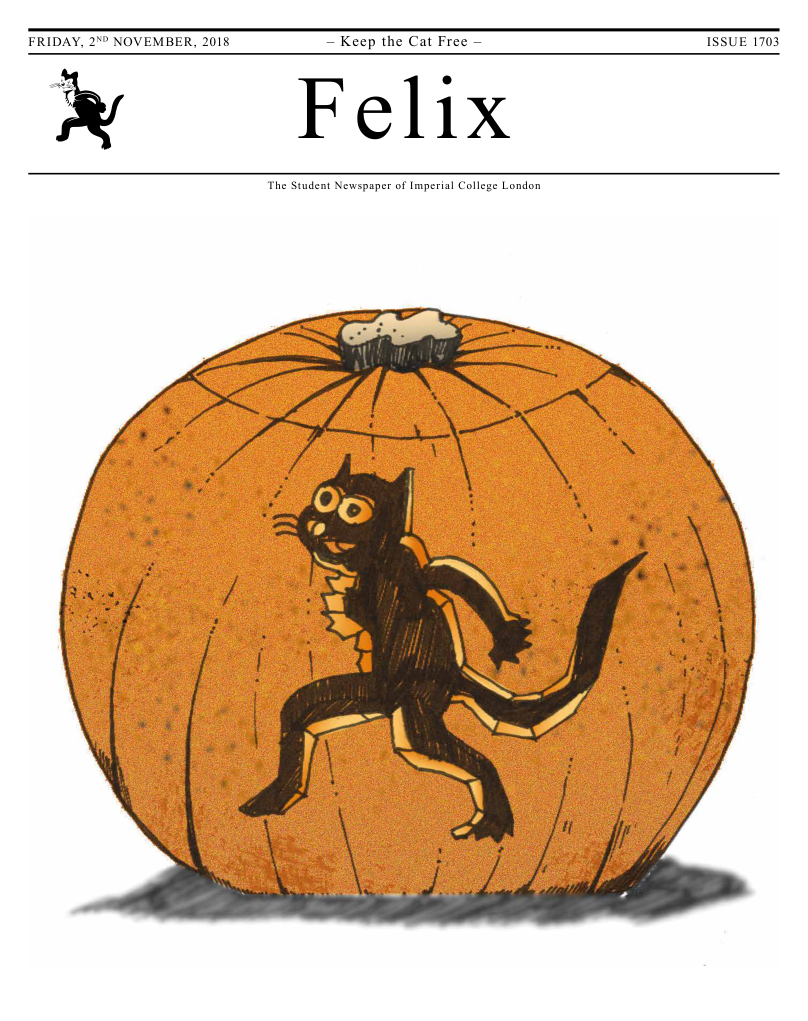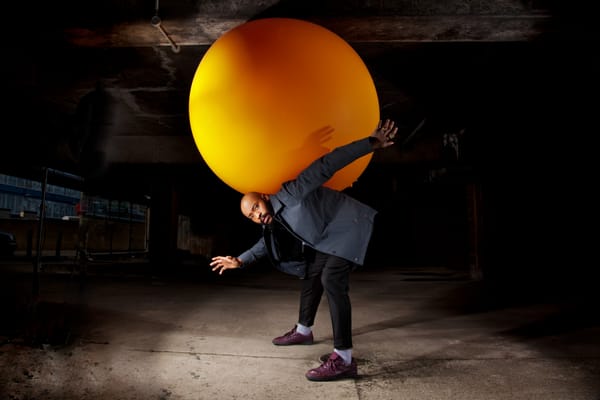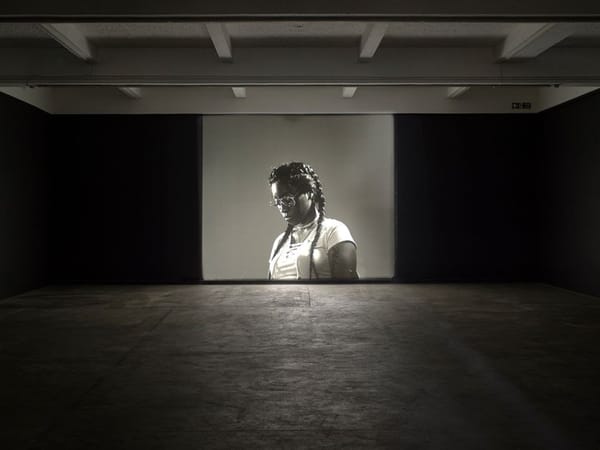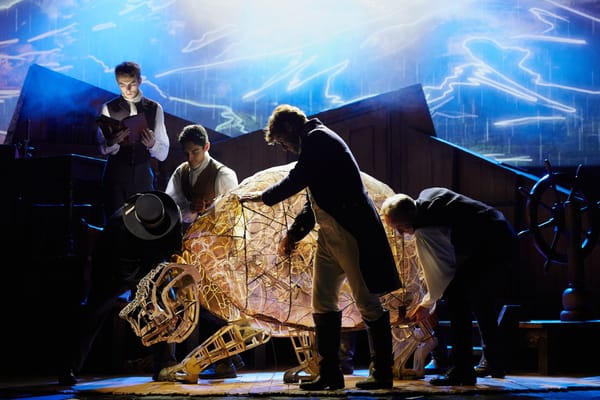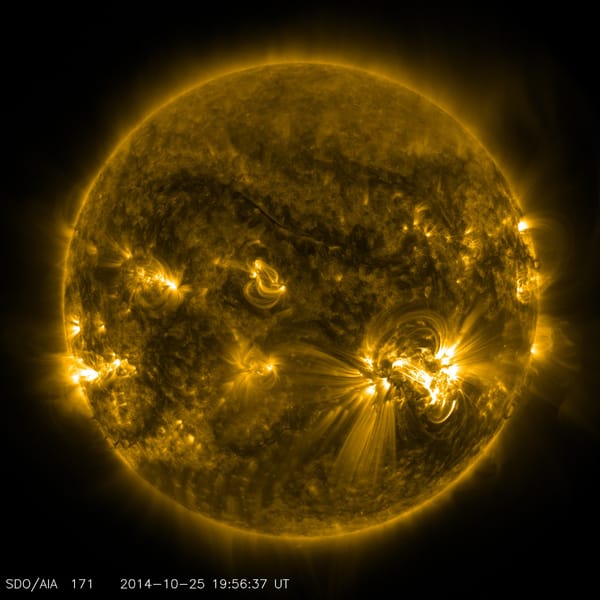En vogue: The Least Pretentious Art Fair in London
Landscapes, cityscapes and concentric circles are all the rage this autumn at the Affordable Art Fair in Battersea.

The Affordable Art Fair is a showcase of all of the best new artwork available to be bought by your average Imperial-student-turned-banker that takes places twice a year in Battersea Park. Although its use of the word ‘affordable’ is about as apt as the word’s application to the £400,000 studio flats which overlook the park, it remains one of the best events in London for viewing a much broader range of contemporary art than you might find hanging in the Tate or the Saatchi Gallery.
Over a hundred delegations from across the UK and from further afield are present at the fair, representing artists from the likes of Damien Hirst all the way through to fresh graduates from the country’s top art schools. As is often the case with something that has such a broad remit, it is really a fair in two halves: that of the landscapes, cityscapes, riverscapes, beachscapes, and seascapes that you might want to hang in your affordable flat once you land that sweet consulting gig at BCG; and that of the en vogue, avant-garde, ‘proper art’ which you might alternately scoff at or try to seem interested by in an attempt to impress that SOAS student you fancy.
Stand out artists from the first group this year include Jim Farrant and David Axtell’s nostalgic portrayals of seaside escapes (particularly good for that affordable Cornish beach house you’ll be owning), Guillaume Cornet’s quirky and colourful isometric cityscapes (think Habbo Hotel crossed with classic Sim City), Paul Powis’s vibrant, pop-arty, impressionist landscapes (perfect for a cozy kitchen complete with a nice affordable Aga), and John Hammond’s fantastic portrayals of London, both indoors and out, that do well to capture the atmosphere and bustle of the city.
Firmly within the remit of the second group are all those many and varied interpretations of what seemed to be this autumn’s key theme of circles. We had concentric circles (Paolo Ceribelli and Chris Wood), origami circles (Caroline Preston), folded concentric circles (Peter Monaghan), slightly off-centric circles (Geoff Catlow), a sculpture of concentric circles on a sphere (Dee Stanford), and even a collection of coloured circles from Damien himself.
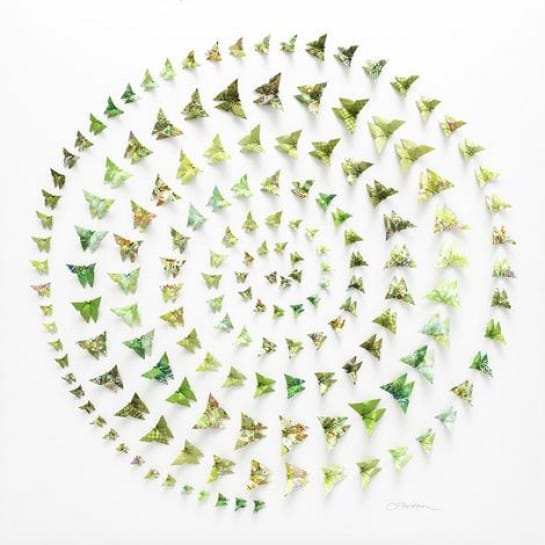
Your author isn’t entirely sure why the theme of circles is so strong this year but is convinced it’s possible to somehow link it to Brexit and leaves this as an exercise for the reader. Other themes from this year included lone trees, cartoonish cities, and various combinations of all of the above.
It probably hasn’t escaped your attention that all of the artists mentioned so far have been white and Western. In general, across the fair, as in art in general, some more diversity in both the subject matter and the provenance of the art would have been appreciated; particularly when staring at the 10,000th cityscape of New York, Paris, or London.
It was refreshing to arrive at the stall of ArtBlue Studio from Singapore, one of the few galleries from outside the Western world, which featured such eye candy as Bui Van Hoan’s poignant monochrome Vietnamese riverscapes and Lieu Nguyen Huong Duong’s breathtakingly pretty cherry blossoms.
All in all, the AAF remains an excellent way to spend a Saturday afternoon; particularly if you want to learn more about art beyond the somewhat pretentious headline pieces that win the Turner Prize (second group plus-plus).
The evolution of the art at fairs such as this is always much more rapid than at static galleries and so it’s also a good way to keep up to date with the cutting edge. Entry was £11 (student advance), glasses of champagne to celebrate your affordable purchase were £9.50, and the fair will be back in Battersea next spring.

